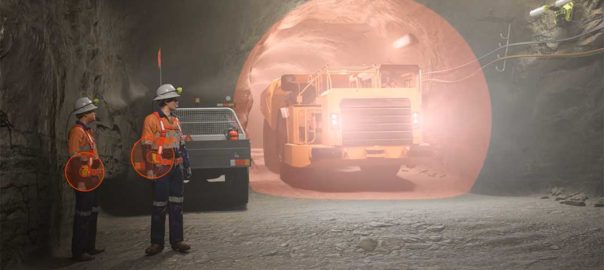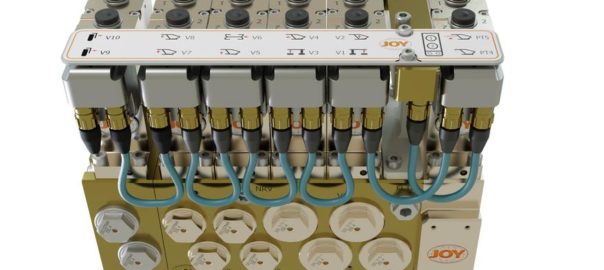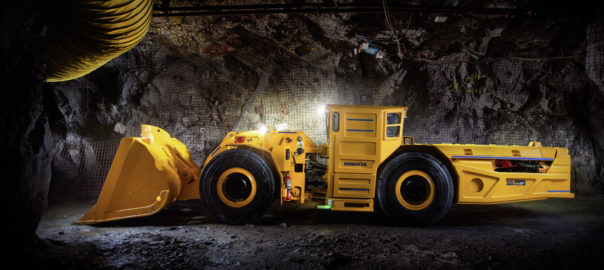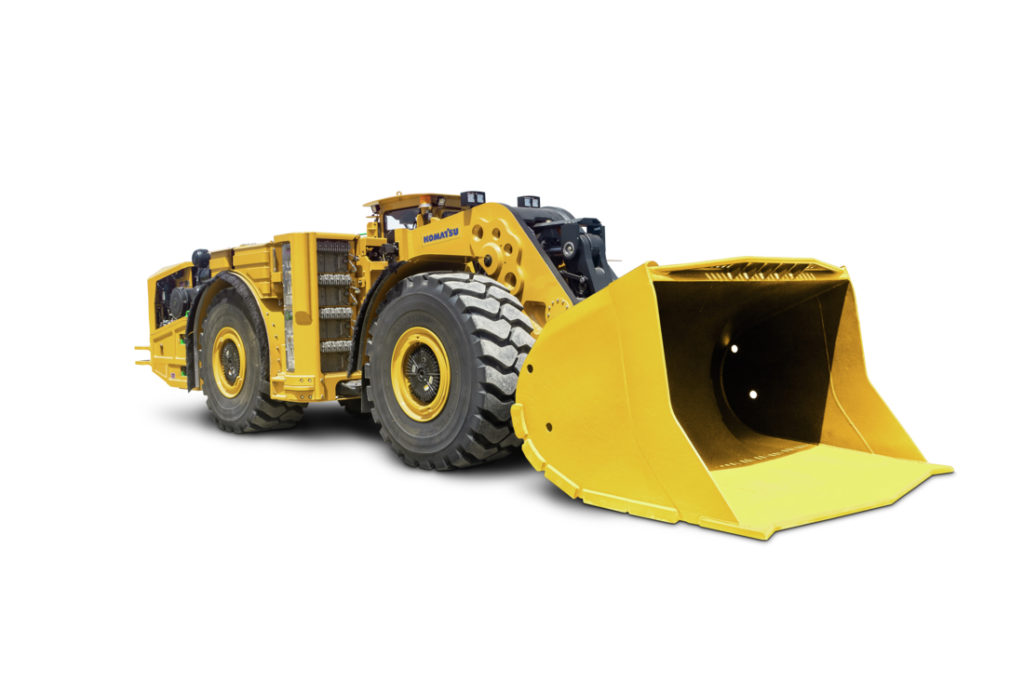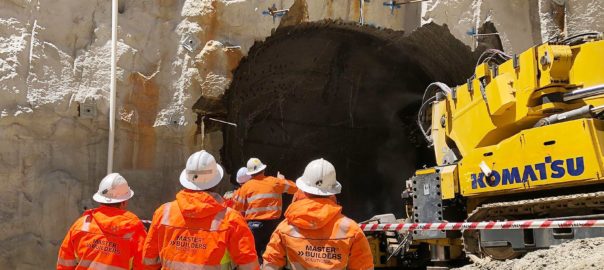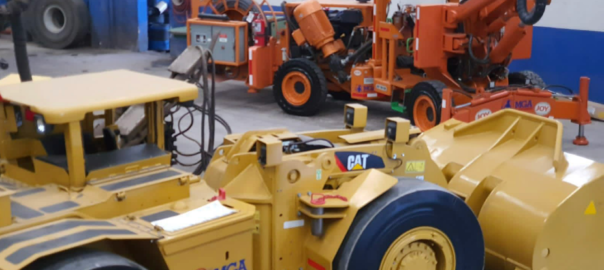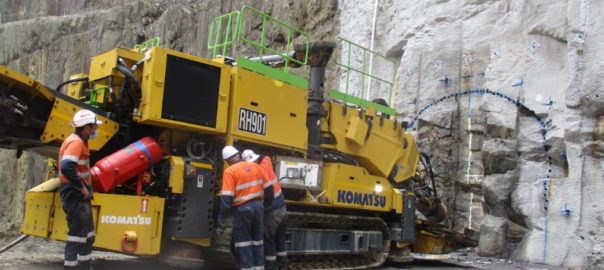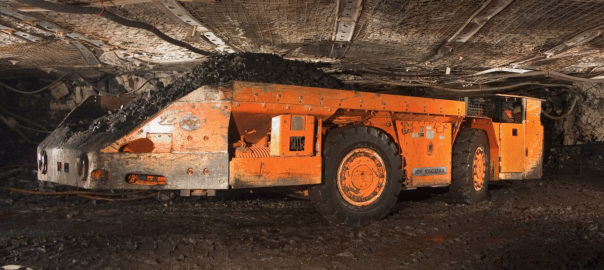Komatsu Ltd, through its wholly owned subsidiary in Australia, has agreed to acquire Mine Site Technologies Pty Ltd, a provider of operational optimisation platforms for underground mining that leverage communication devices and position tracking systems.
The deal, set to close on July 1 on the condition all necessary procedures for closing are completed, will see the two companies help customers build digital ecosystems with real-time insights and alerts, voice and communication technologies, software solutions, robust network infrastructure and wireless and geospatial technologies.
Together, the companies will work to increase availability of high-speed, low latency digital communication, which is necessary to: provide mission-critical communication, integrate IoT sensors, increase the volume of information communicated and enable real-time tracking, monitoring and automation of mine operations.
For 30 years, Sydney-based MST Global has delivered innovative solutions to address the needs of customers today and for the future. The company specialises in developing and delivering ruggedised, fit-for-purpose solutions and services partnering with mining and tunnelling customers on their digital strategy to unearth safety and productivity improvements.
Komatsu said: “MST Global solutions enable communication between operators and mining equipment, as well as position tracking for operators and equipment, leveraging optical fibre broadband communication systems, which create a real-time geospatial digital twin of underground operations: an important and fundamental building block for digitalisation.”
The company’s solutions offer a platform to visualise and monitor the underground mining environment and enable control from a remote operations centre, thus optimising mine operations to increase safety and productivity while safeguarding the environment, the company added. The solutions contribute to the digitisation and automation of underground mining operations.
One of the more recent additions to MST’s portfolio is HELIX, a next-generation software platform that brings underground miners’ “software, hardware and third-party integrations into one platform”, MST says. This builds on MST’s 2D Visualisation and Tracking software, ICA and Minedash, while having all the luxuries of a modern interface and platform and building “your digital ecosystem”, it says.
By adding MST Global’s experience and expertise in the introduction of communication devices and optimisation platforms, Komatsu says it aims to enhance the speed at which it offers advanced technology solutions, including the automation and teleoperation of mining equipment underground.
Komatsu, in line with its ongoing mid-term management plan “DANTOTSU Value – Together, to ‘The Next’ for sustainable growth”, is working to expand offerings for underground hard-rock mining, creating new value for customers with the development of new equipment, processes and technologies that will help operations step forward to the next stage for the workplace of the future and provide a more sustainable environment for the next generation, it says.







